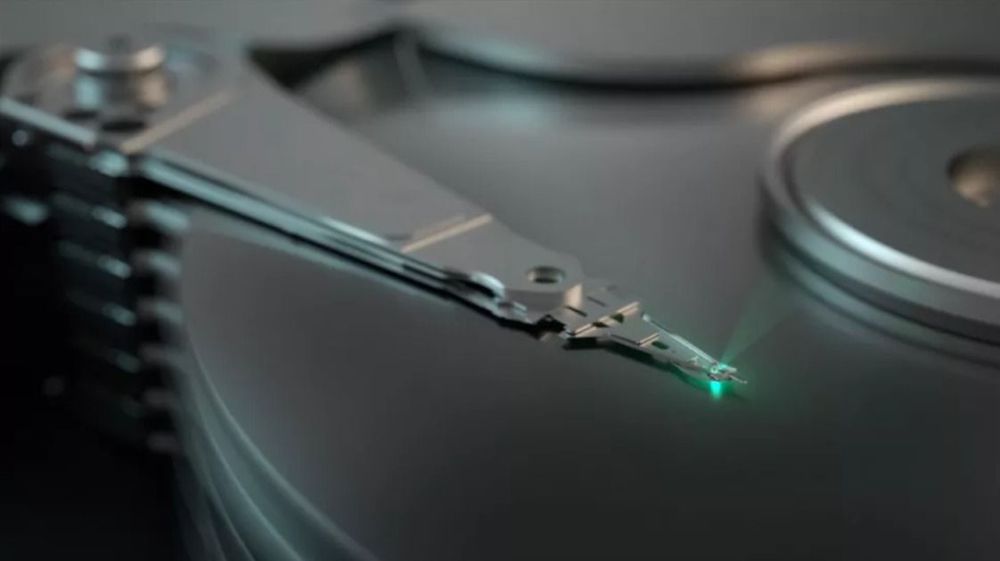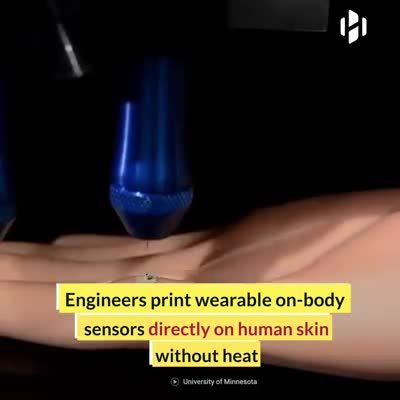Samsung and Stanford have developed a 10,000PPI OLED screen that could lead to completely seamless VR displays.




“The SPEAR flight demonstrator will provide the F/A-18 Super Hornet and carrier strike group with significant improvements in range and survivability against advanced threat defensive systems,” Mercer, the firm’s SPEAR program manager, added.
Very-long-range, high-speed strike weapons could be very valuable for the Navy’s carrier air wings, especially as potential near-peer adversaries, such as China and Russia, continue to develop and field increasingly longer-range and otherwise more capable surface-to-air missile systems and associated radars and other sensors. Aircraft carriers and their associated strike groups and air wings are also increasingly at risk from various anti-access and area-denial capabilities, further underscoring the need for weapons with greater range and that are able to prosecute targets faster to help ensure their survival.
At present, the primary air-launched stand-off anti-ship and land-attack missiles available to them are the AGM-84D Harpoon anti-ship cruise missile, the AGM-84H/K Standoff Land Attack Missile-Expanded Response (SLAM-ER), and the AGM-158C Long Range Anti-Ship Missile (LRASM), all of which are subsonic.


A very high speed camera.
Wang’s newest camera called, which has the wordy moniker “single-shot stereo-polarimetric compressed ultrafast photography” (SP-CUP), builds on previous iterations that were capable of shooting at even faster rates, some of them capable of shooting up to 70 trillion frames per second.
But what the new Caltech camera brings to the table is its ability to perceive the world more like humans can. The human eye’s depth perception relies on there being two of them — and the new rig can pull off the same stereoscopic trick.
“The camera is stereo now,” Wang said in a statement. “We have one lens, but it functions as two halves that provide two views with an offset. Two channels mimic our eyes.”


As drones become better and better at everything they do, it’s only natural photographers and videographers alike start pushing the boundaries of what’s possible. This particular boundary push is not for the faint of heart, however. I’m reasonably new to the drone world. While I’d been keen to dip a toe for a long time, I had been waiting for commercial applications to justify the acquisition. Thankfully, I found a window and jumped right through it.

The blockchain revolution, online gaming and virtual reality are powerful new technologies that promise to change our online experience. After summarizing advances in these hot technologies, we use the collective intelligence of our TechCast Experts to forecast the coming Internet that is likely to emerge from their application.
Here’s what learned:
Security May Arrive About 2027 We found a sharp division of opinion, with roughly half of our experts thinking there is little or no chance that the Internet would become secure — and the other half thinks there is about a 60% probability that blockchain and quantum cryptography will solve the problem at about 2027. After noting the success of Gilder’s previous forecasts, we tend to accept those who agree with Gilder.
Decentralization Likely About 2028–2030 We find some consensus around a 60% Probability and Most Likely Year About 2028–2030. The critical technologies are thought to focus on blockchain, but quantum, AI, biometrics and the Internet of things (IoT) also thought to offer localizing capabilities.

Motion sensors make avatars dance, via Mark Bartkevitch. Some new technologies about holograms you find here: “A Hologram of Anyone Speaking Any Language” (1 year ago): https://www.facebook.com/EngineeringML/videos/84898885213961…__tn__=K-R and https://bit.ly/308uV3h.